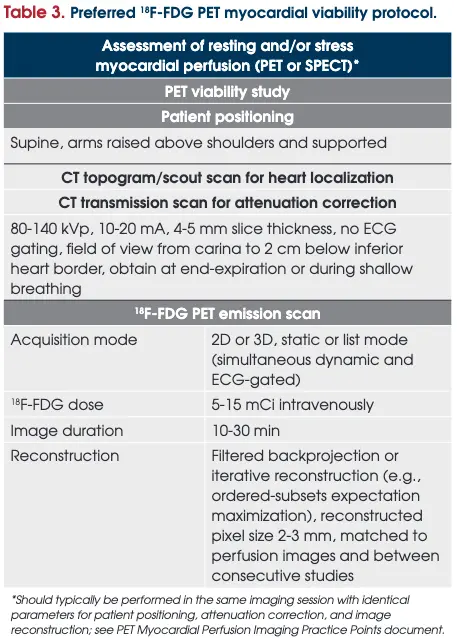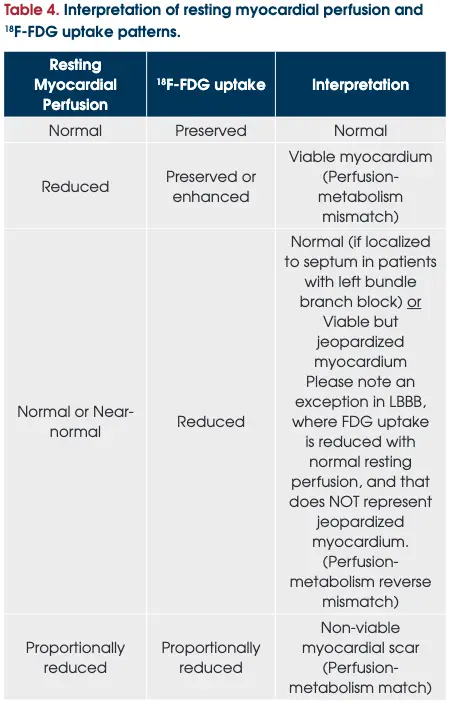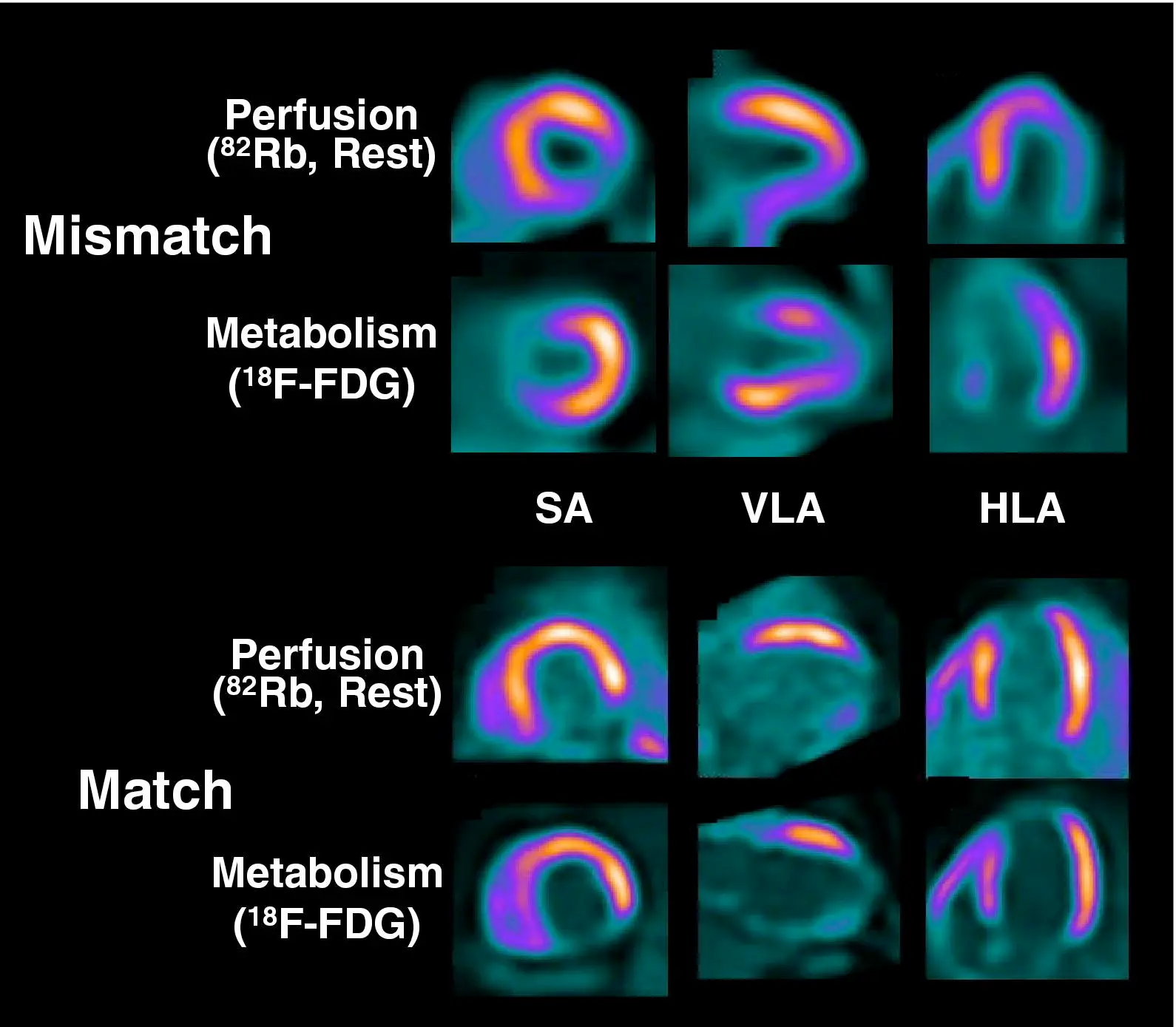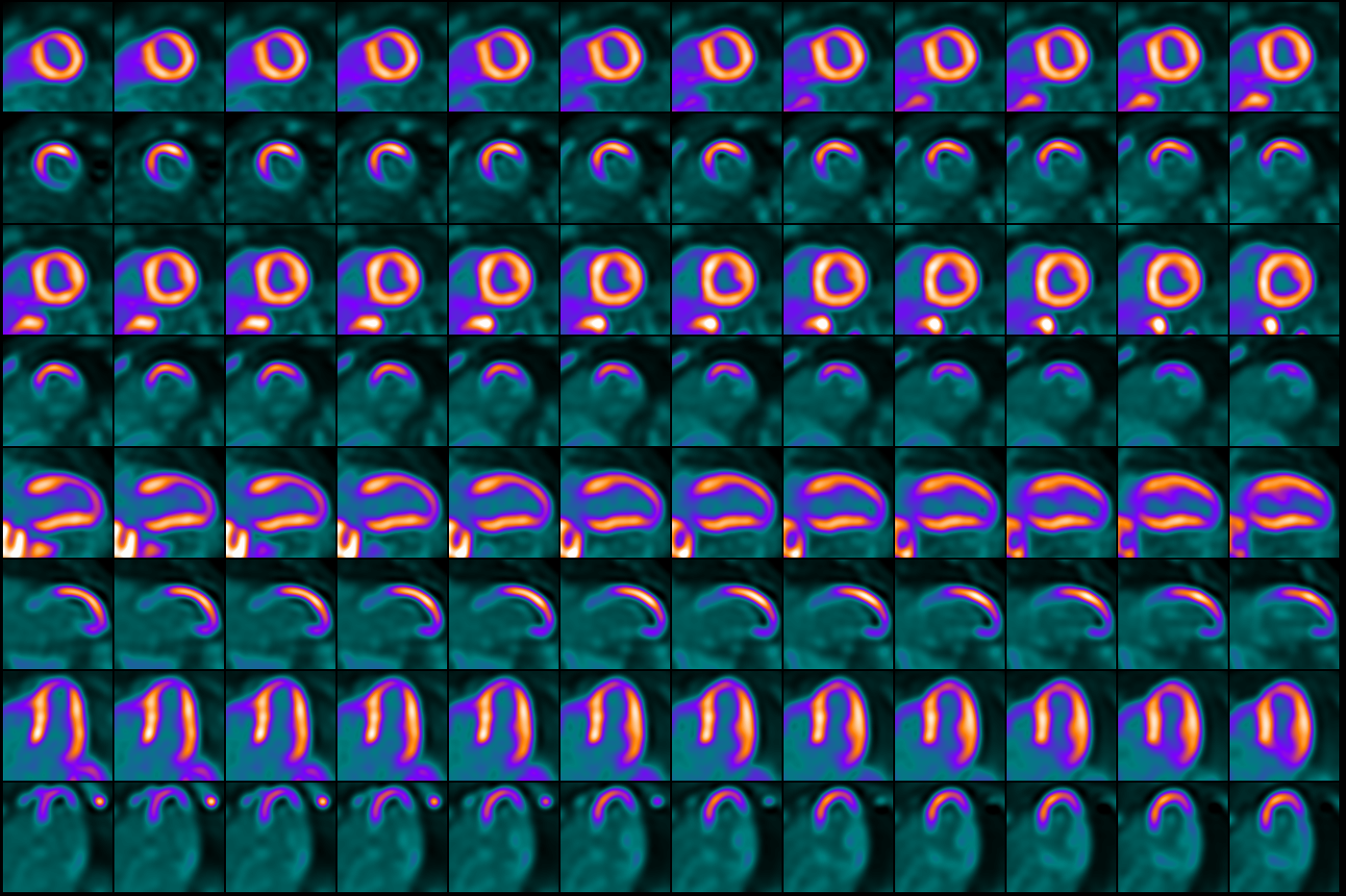- 18F-fluorodeoxyglucose (FDG) PET imaging is the only FDA-approved technique for the assessment of myocardial viability.
- Assessment of glucose metabolism with FDG PET can be used for the following purposes:
- Myocardial viability
- Detection of cardiovascular inflammation
- Detection of cardiovascular infection
- Oral glucose loading protocol from ASNC Practice Points 2024 (Source)
- Typically produces a substrate and hormonal environment favoring myocardial metabolism of glucose over fatty acids.

- 📝 Some institutions use POC beta-hydroxybutyrate testing, e.g. Methodist, as a quality assurance prior to FDG PET study. Not sure if this extends to viability studies or just for infection/inflammation studies.
Patient preparation purpose differences for viability vs infection/inflammation.
Patient preparation protocols for the assessment of myocardial viability differ from those used to assess inflammation or infection. For assessment of myocardial viability the myocardium needs to shift toward glucose metabolism to maximize 18F-FDG uptake to improve image quality, whereas with inflammation and infection, the myocardium is shifted to fatty acid metabolism so that tracer uptake is limited to active inflammatory cells.
Procedure


Interpretation
- Resting myocardial perfusion
- 18F-FDG uptake
- The extent of mismatch or match defect should be characterized as small (<10% of the LV), moderate (10- 20% of the LV), or large (>20% of the LV).
- In addition, the severity of a match defect should be expressed as mild, moderate, or severe in order to differentiate between non-transmural and transmural myocardial infarction.
- 📝 If stress and rest MPI results are available, it is useful to add an estimate of the extent of stress-inducible ischemia in regions of normal resting perfusion and 18F-FDG uptake, in regions with matched resting perfusion and 18F-FDG defects, and/or in regions with resting perfusion and 18 F-FDG metabolic mismatch.

Examples
Figure source: 1


Footnotes
-
Bengel FM, Higuchi T, Javadi MS, Lautamäki R. Cardiac positron emission tomography. J Am Coll Cardiol. 2009 Jun 30;54(1):1-15. doi: 10.1016/j.jacc.2009.02.065. PMID: 19555834. ↩